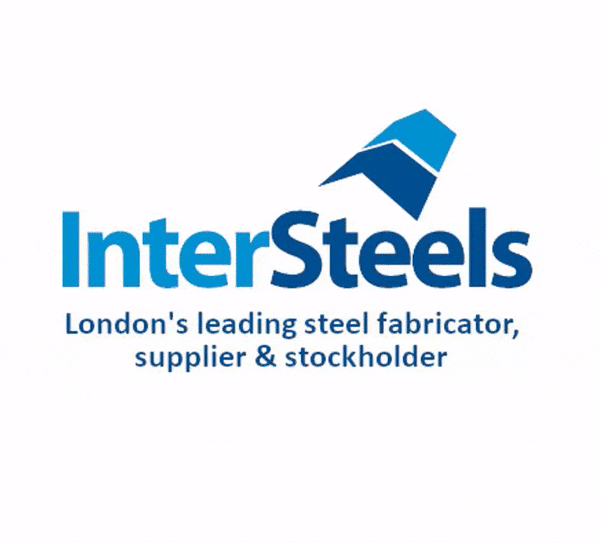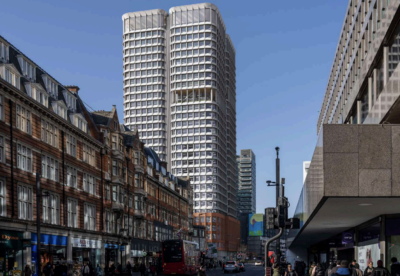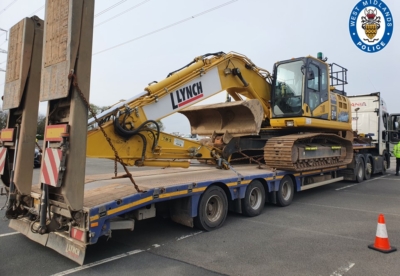The firm completed 7,303 homes in the six months to July 4 2021 compared to 2,771 last year as pre-tax profit recovered to £287.5m from a £39.8m loss on revenue up to 2,196.3m from £754.6m.
Pete Redfern, Chief Executive,said: “We have delivered a record first half performance and a strong operating profit margin performance of 19.3%, which reflects tight cost discipline as well as higher completions in the period.
“Our focus remains on driving further improvement in our operating profit margin and accelerated outlet-driven volume growth from 2023.
“Backed by last year’s equity raise we stepped up our activity in the land market before competition returned and we successfully increased our land pipeline with high-quality sites that will deliver a strong financial performance.
“We are progressing this land through the planning stages as expected, providing excellent momentum for growth, enhanced returns for our stakeholders and increased numbers of new homes.
“We have a clear purpose to deliver high-quality homes and create thriving communities and a strategy to ensure the long term sustainability of the business.
“We now expect to deliver 2021 full year Group operating profit of c.£820 million, above the top end of consensus, with UK completions (excluding joint ventures) expected to be towards the upper end of our guidance range of 13,200 to 14,000.”
Taylor Wimpey is now targeting profit margins of 22% and added “looking further ahead, we have excellent momentum going into the medium term and are well positioned for accelerated volume growth from 2023.”
The firm has set aside £165m for fire safety cladding. It said: “Where we own the buildings, we are undertaking assessments on the buildings and where works are required, we are procuring those works. Where a third party owns the building and we have been contacted by the freeholder or management company we are engaging with them in relation to the assessment process.”
Taylor Wimpey said rising house prices were offsetting increases in materials.
It said: “Whilst there is pressure on pricing and supply chains for certain materials such as timber and steel owing to strong global demand, healthy increases in house prices are fully offsetting build cost inflation.
“Our central procurement team and logistics business continues to work closely with our supply chain to understand and track the origins of our components and subcomponents and stocking levels within the supply chain. This helps provide visibility of our materials supply, identifying and pre-empting potential bottlenecks.”























.gif)























 (300 x 250 px).jpg)









